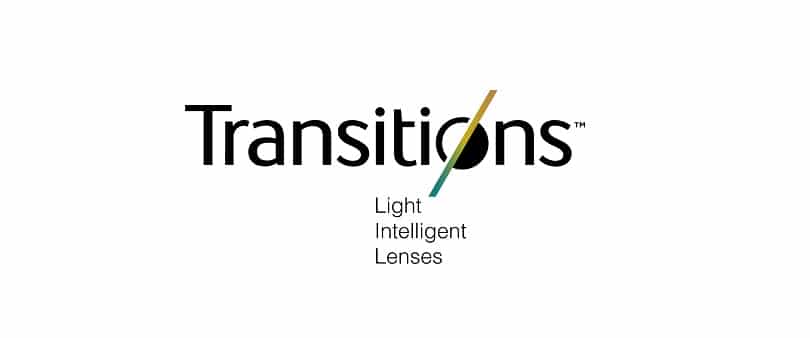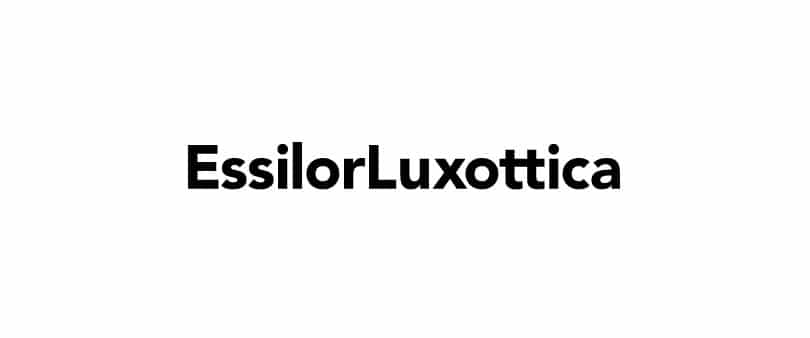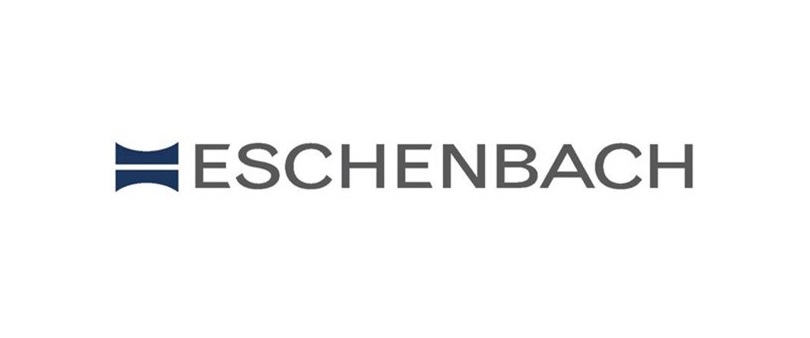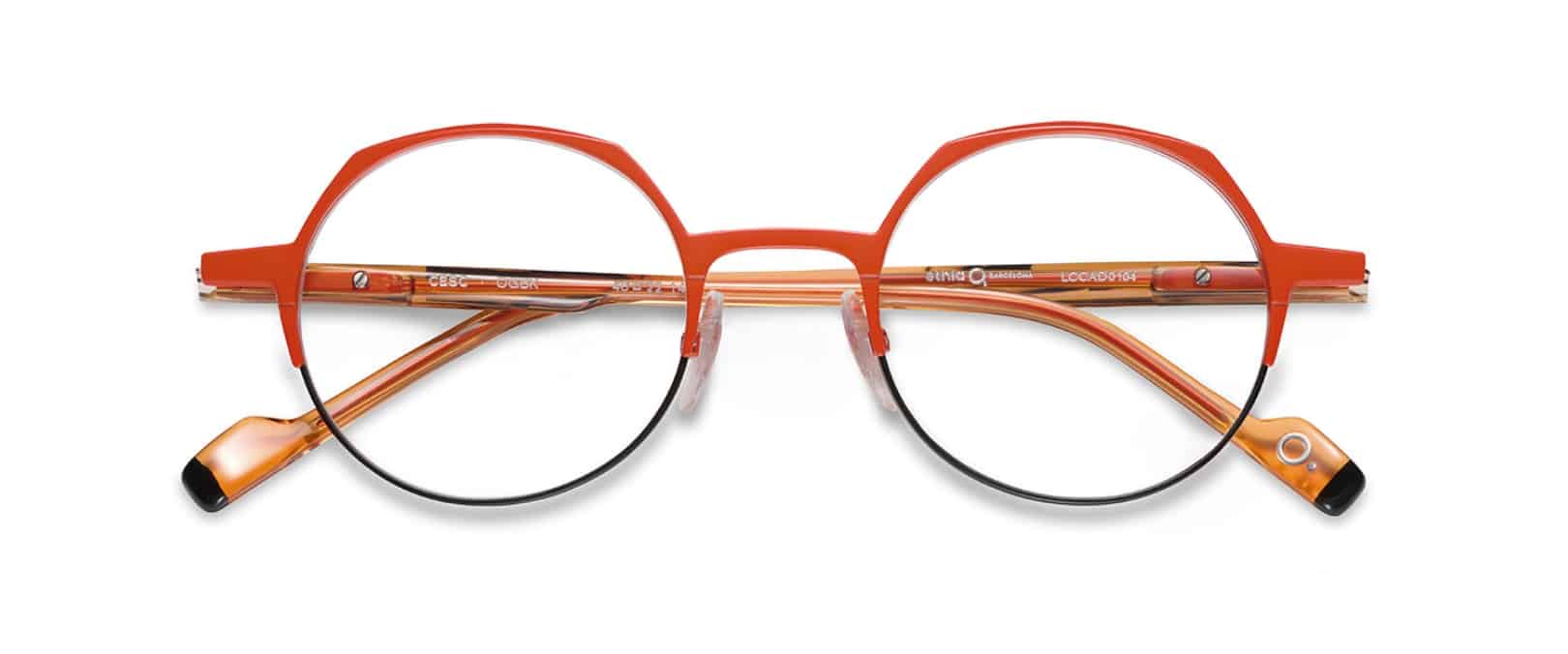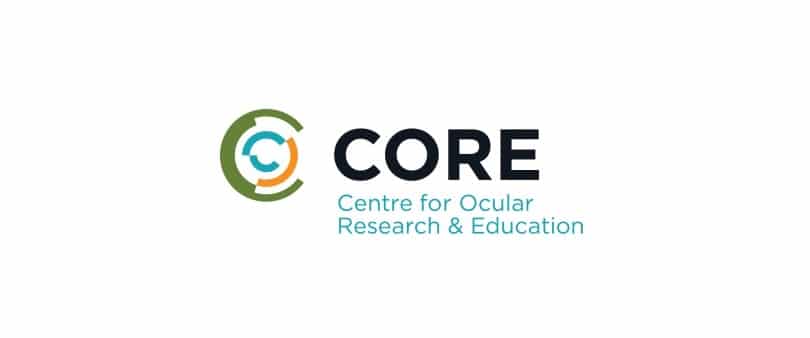Transitions Survey Highlights Need for Better Education, DE&I Considerations for Ethnic Minority Patients
Wednesday, April 27 2022 | 16 h 52 min | News, Press Release, Survey
A new survey from Transitions Optical reveals a need for eye care professionals to improve patient education on eye health risks in ethnic minority groups including Asian, African and Indigenous Canadians. The survey confirmed low awareness levels among all demographics of the correlation between their ethnicity and increased risks for certain eye health issues, revealed that most respondents do not believe their eye health can be affected by extended exposure to the sun’s ultraviolet (UV) radiation and found that nearly seven in 10 (67%) Canadians have not had an eye exam within the past year.
Considering patient preferences, the survey results also identify tangible ways eye care professionals can implement DE&I (diversity, equity and inclusion) practices to meet the expectations of their ethnically diverse patients and maintain or improve their eye health. Actions eye care professionals can take include hiring a multi-racial staff, offering in-language materials and taking time to get to know their patients on a personal level.
“In addition to validating a need for widespread education on the importance of UV protection and how a person’s ethnicity can put them at a greater risk for developing certain eye health issues, these results also present insights into ways eyecare professionals can better serve their culturally diverse patients,” said Arnaud Rajchenbach, marketing manager, Transitions Optical in Canada.
The research was conducted in advance of a professional roundtable event, exploring the needs of growing minority demographics groups in Canada, sponsored by Transitions Optical in April 2022.
Key Findings
Poor Awareness of Eye Health Risks and Execution of Protective Eye Care Measures
Showing low awareness of important risks to eye health, only 27% of Canadian consumers surveyed believe vision loss is one of the main harmful effects of extended exposure to the sun’s UV radiation. Additionally, less than a quarter (22%) believe developing cataracts and just 18% believe macular degeneration are also harmful effects.
Demonstrating that low awareness levels may be leading to poor protection habits, a little over a third (34%) of Canadian consumers surveyed identify UV protection as a top impact on the type and brand of eyewear they would select for themselves. Additionally, of the 76% of Canadians surveyed who wear eyeglasses, only 16% of them have purchased eyeglasses with photochromic lenses in the past two years.
However, over half (55%) find that photochromic or Transitions® lenses are appealing because they can make their eyes feel more comfortable and prevent them from squinting in bright light. Over half (52%) of respondents also agree photochromic or Transitions® lenses are appealing because they protect their overall eye health.
“Poor awareness of the importance of eye protection from the sun paired with interest in photochromic lenses and the high-level of trust patients have in their eye care professional—as 95% of Canadian consumers report trusting their eye doctor to make the best recommendations for them—highlights an opportunity for eye care professionals to educate their patients on the dangers of sun exposure to the eyes and prescribe Transitions® lenses, as they block 100% of the sun’s UVA and UVB rays,” added Rajchenbach.
Nearly all (96%) of Canadian consumers surveyed have received a comprehensive eye exam in their lifetime. However, nearly seven in 10 (67%) have not had an eye exam within the past year. Indigenous Canadians (66%) were the least likely ethnic group to have had an annual eye exam within the past year. Barriers to care also differed among Asian, African and Indigenous Canadians. African (44%) and Asian (33%) Canadians were the most likely to say they did not receive a comprehensive eye exam within the past year because they forgot to schedule or attend, while Indigenous Canadians (35%) were the most likely to not receive a comprehensive eye exam because they report the cost is too expensive.
Additionally, over eight in 10 (81%) of Canadian consumers surveyed do not agree that their ethnicity puts them at an increased risk for certain eye issues. However, research proves otherwise and finds those with Asian ancestry have a higher prevalence and earlier age of onset of cataract than Europeans. Glaucoma is also six to eight times more common among those with African descent than Caucasians and are more likely to experience permanent blindness as a result of glaucoma. While little data exists on prevalence of age-related macular degeneration (AMD) among Indigenous Canadians, as a group, they have more risk factors for developing the disease because they are at a significantly higher risk for diabetes, which increases risk for AMD.
Patient Preferences
When asked to identify factors that are important in choosing an eyecare professional for themselves, 64% of the ethnic minority groups surveyed agree that the best eye care practices include staff members from a mix of races and ethnicities—and this is particularly important among Asian and African Canadian populations, as over half (58%) of Asian Canadians and 57% of African Canadians agree that an eye care professional who is of the same race or ethnicity as they are will better understand them.
Click HERE for the full press release.

